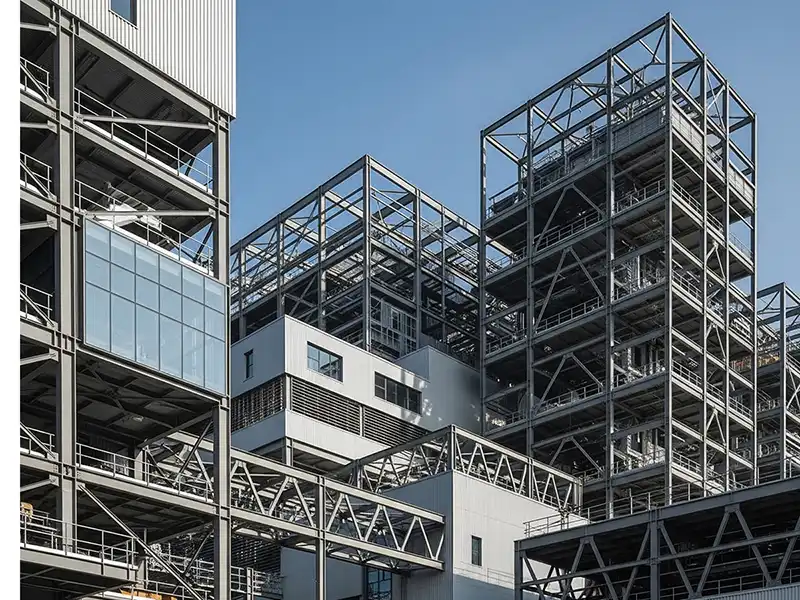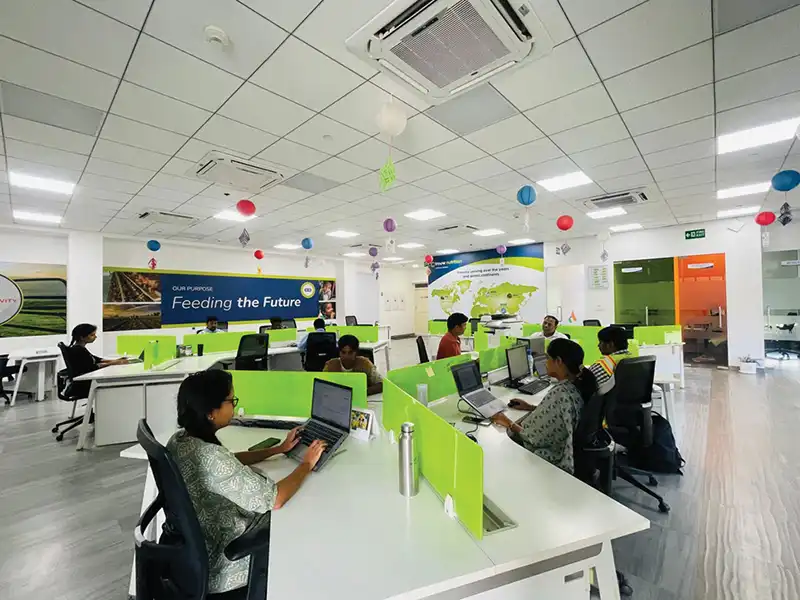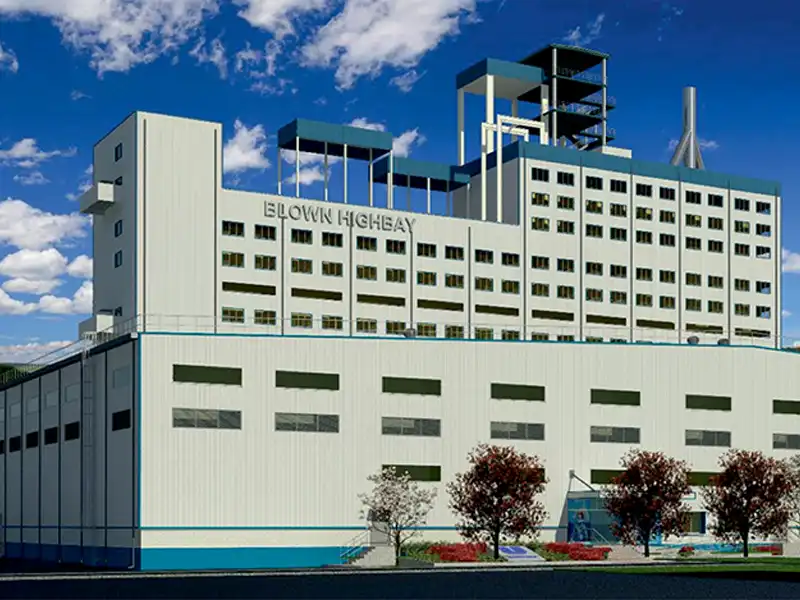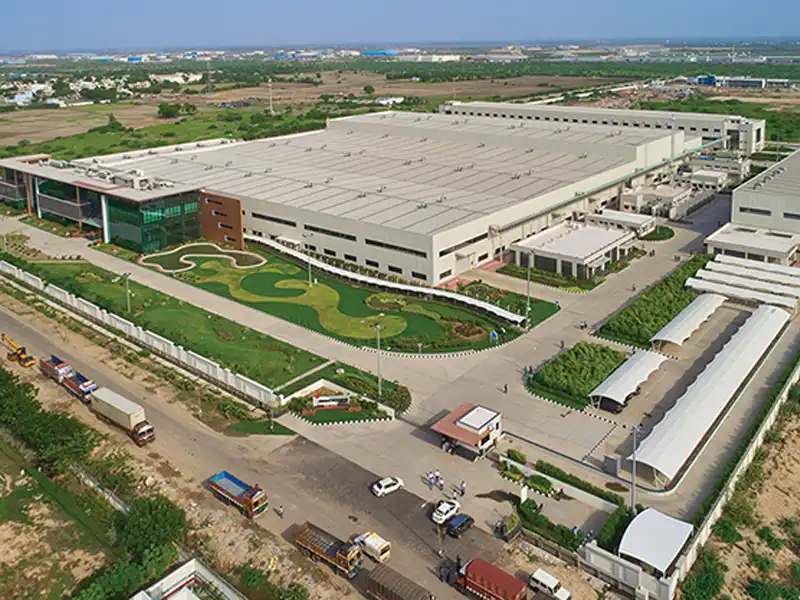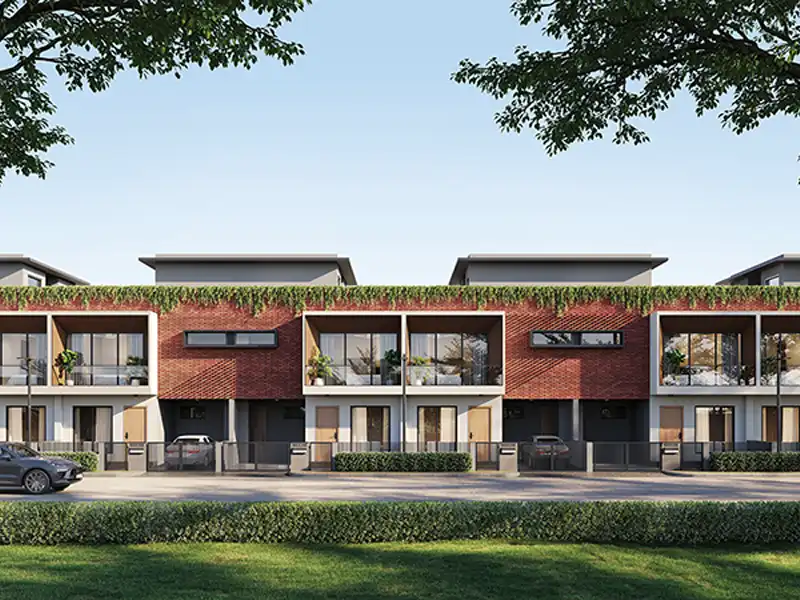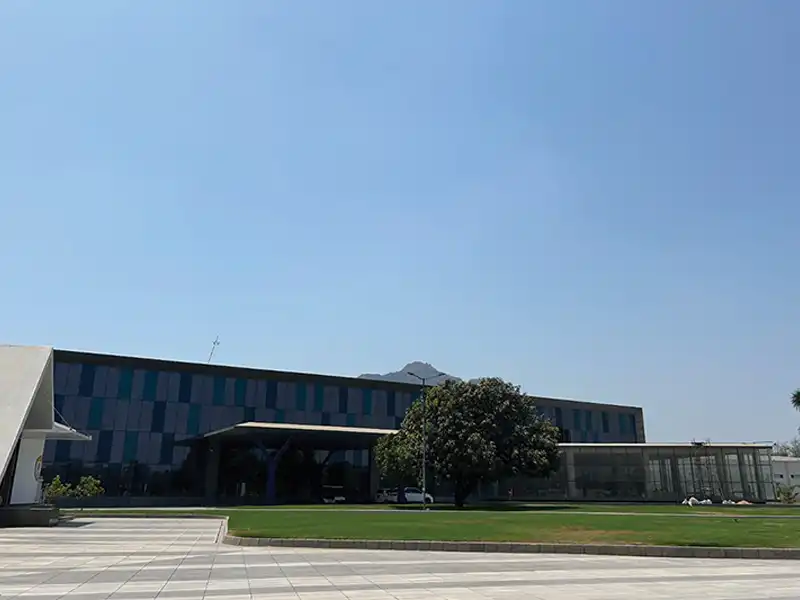By Seema Gupta
No doubt, modern technology and computerizing are the drivers behind PEBs, and though a relatively new concept in India, the PEB construction industry is growing at a rate of 25 to 30%. In India, PEBs are being developed in both urban and rural areas, largely as commercial and industrial buildings. PEBs enable construction completion at a 30 to 40% faster rate as compared to masonry. They also enable good insulation, and construction in remote and hilly areas, which makes them an ideal construction system for meeting India's huge infrastructural requirements.
Structural applications include power plants, bridge girders, metro and railway stations, shipyards, manufacturing plants, warehouses, workshops, airport hangers, showrooms, and exhibition centers, and schools. But of late, this versatile building system is being used for constructing low-rise buildings such as offices, hospitals, retail malls, housing complexes, holiday resorts, with increasing potential for multi-storey buildings. What's more, they can be fitted with structural accessories such as mezzanine floors, canopies, and interior partitions.
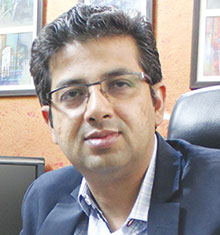
Says Ar. Sunil Kaushik at architecture firm Silhouette, "When it comes to an Industrial Building Design, pre-engineered building becomes an ideal choice as its gives flexibility in space planning with large spans and height, the cost and time becomes an added advantage. The working environment is the most important factor for the success of any building, and the rule applies to an industrial building as well. Numerous studies have shown that the productivity of workers doubles in a favorable working environment."

According to him, PEB is an excellent example of new-edge buildings, but is restricted to the industrial segment largely, where factories require faster and more economic construction, and timely setup to start the manufacturing. "For the Residential sector, a PEB would be more cost-effective, especially in remote areas and for mass housing, and would also deliver superior quality of construction. For the Corporate sector, given the high price of urban spaces, a PEB structure would help save on the structure's footprint, and also give more floor space."
In his experience, acceptance of PEBs by consultants and clients is one of the biggest challenges, even though the PEB industry stands on defined professional and technical standards, and the reason why they are successful in Western countries. Volatile prices and a competitive market are other big hurdles in the acceptance of PEBs. But he observes that market awareness is increasing in India on the viability of PEB construction.
As regards bringing aesthetics into PEBs by architects, he says, "Industrial units have a predefined, typical look. But the industrial appearance can be made more interesting by customizing the façade with artwork, A creative façade profile with various geometrical and material combinations can enhance the beauty of the building, and also reflect the industry owner's business philosophy. When engineering meets creation, it makes a beautiful world to work in," he concludes.
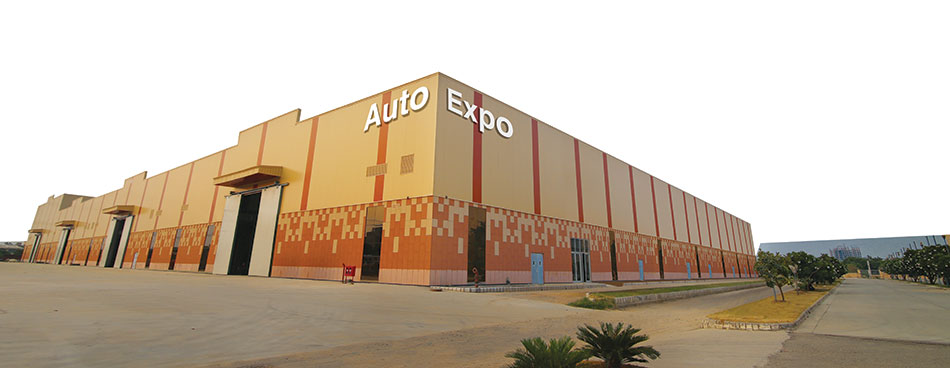
Everest Steel Building Solutions, the PEB division of Everest Industries Ltd, took just 180 days to build a 4.5 lakh sqft world-class exhibition centre - India Exposition Mart in Greater Noida in 2016. The Rs.35 crore project included construction of six large halls, which required 50 m clear spans given its function as a trade fair venue. Everest started work on getting the 6 large halls ready in the month of March 2015 and completed the same in August 2015, which would not have been possible using the conventional brick & mortar methods of construction. The buildings are made using high tensile steel and all components of the buildings were factory made, ensuring stringent quality control and minimal onsite work.
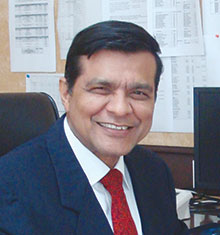
According to him, the PEB industry is estimated to be close to Rs.5000 cr in India, and the building concept is coming to be recognized as the most versatile, fast and economical method of constructing buildings. The economy and the speed of delivery and erection of these buildings are unmatched in the construction industry. From a simple box industrial building, which was imported into India way back in 1997, to the present day mega projects that define innovation with precision and speed, the PEB industry in India has come a long way.

